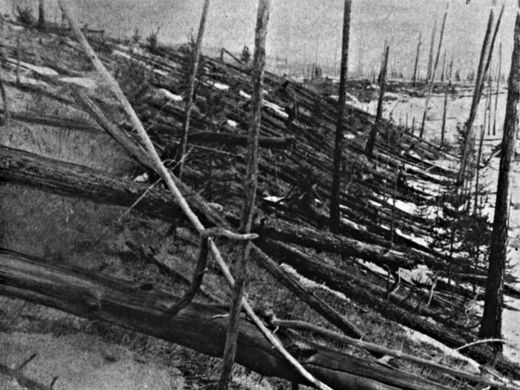OF THE
TIMES
Orwellian - this time 'Big Auto' spying on you. I wonder what data is sent back, and to whom? And how is it interpreted to use against you?
I agree - better to shut it down than to sell to US buyers that all seem to be members of the deep state, and who would immediately censor the...
The "right and left" need to annihilate each other in a big matter-antimatter (It's the same matter) BANG...
ReRan: Afwan. i can’t take any credit if I am correct though, all praise is always His. SubhanAllahiwabihamd ihi. I don’t know about you, but I...
It took JPL 5 months to replace the retired geriatric CIA operative that has been faking the Voyager data this whole time. The Voyager craft never...
To submit an article for publication, see our Submission Guidelines
Reader comments do not necessarily reflect the views of the volunteers, editors, and directors of SOTT.net or the Quantum Future Group.
Some icons on this site were created by: Afterglow, Aha-Soft, AntialiasFactory, artdesigner.lv, Artura, DailyOverview, Everaldo, GraphicsFuel, IconFactory, Iconka, IconShock, Icons-Land, i-love-icons, KDE-look.org, Klukeart, mugenb16, Map Icons Collection, PetshopBoxStudio, VisualPharm, wbeiruti, WebIconset
Powered by PikaJS 🐁 and In·Site
Original content © 2002-2024 by Sott.net/Signs of the Times. See: FAIR USE NOTICE

stock up on peanut butter, its nutritious, and can last unspoiled ten years if unopened